Serving Douglas County & The Surrounding Areas
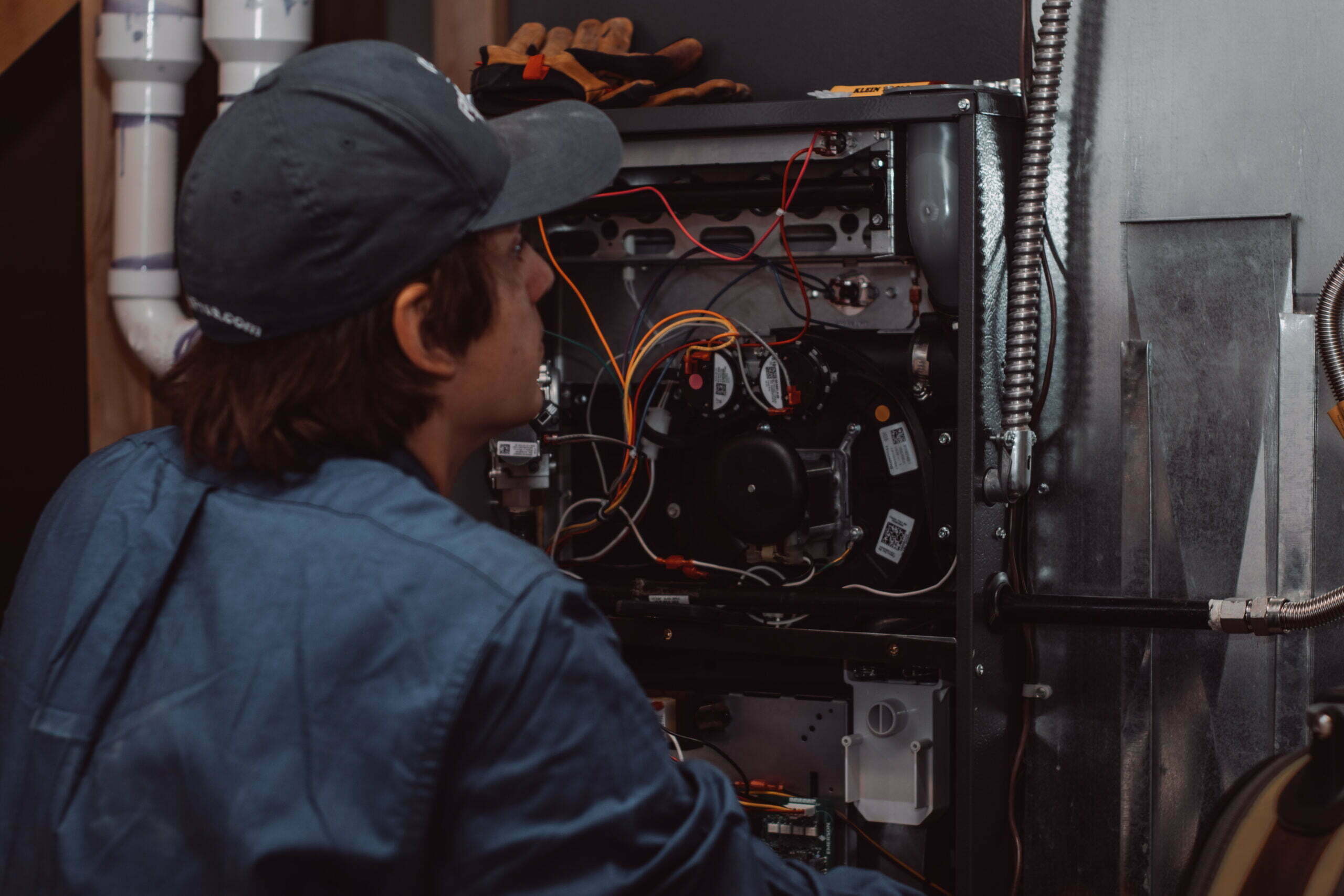
What’s HVAC mean?
What’s HVAC mean?
HVAC stands for heating, ventilation, and air conditioning. It’s an essential system in every home and should be regularly serviced to keep it running at peak efficiency. Here we’ll explore what HVAC means, the different components of an HVAC system, and some tips on maintaining it properly.
What is HVAC, and what does it stand for
HVAC systems are typically integrated because they all serve the same purpose: to provide thermal comfort and indoor air quality for occupants. The heating system takes care of warming up the air in the winter, while the ventilation system ensures that fresh air is constantly circulated throughout the house. And finally, the air conditioning system chills the air in the summer. All these functions are essential for maintaining a comfortable and safe indoor environment.
While HVAC is short for heating, ventilation, and air conditioning, it’s just a catch-all term for anything that has to do with temperature control in your home. So, when you hear someone talking about their “HVAC system,” they could be referring to any or all of the following:
-The furnace: This is the part of the system that produces heat. The furnace takes in cold air from your home, warms it up using gas or electricity, and then sends it back through a series of ducts.
-The air conditioner: This part of the system cools the air in the summer. The air conditioner takes in warm air from your home, cools it down using a refrigerant, and then sends it back through the ducts.
-The vents are openings in your walls, floors, or ceilings that allow air to circulate throughout your home.
-The ductwork: This system of pipes and tunnels carries air from the furnace, air conditioner, and vents to every room in your house.
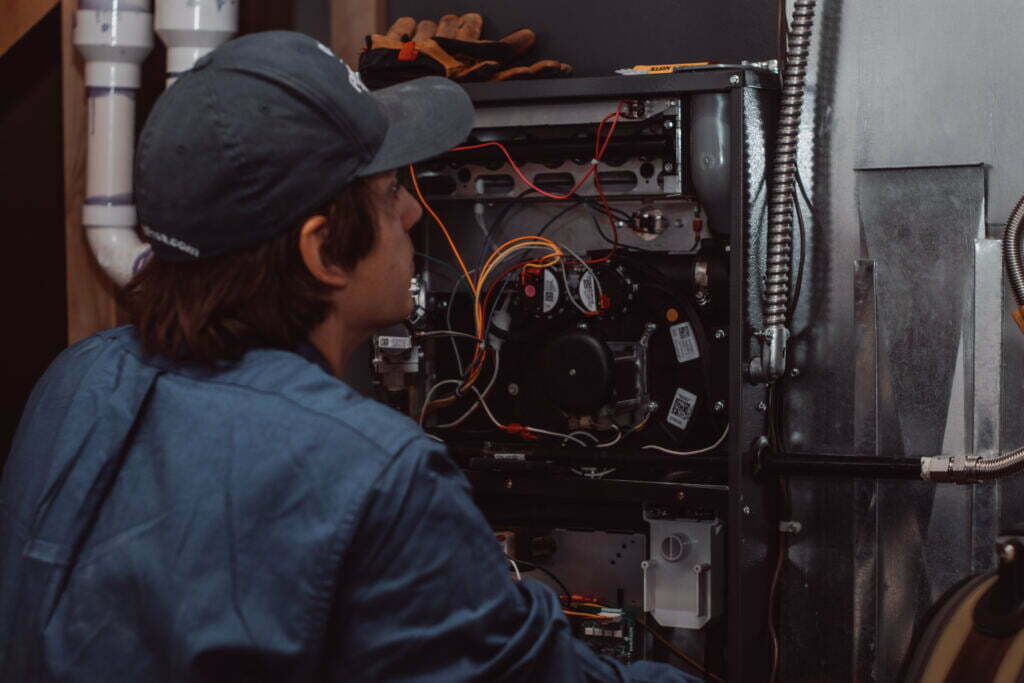
The different components of an HVAC system
HVAC systems have three main parts: the furnace, the air conditioner, and the vents. The furnace is what produces heat, and the air conditioner is what cools down the air. The vents are how the air gets to all the rooms in your house. The ductwork is the system of pipes and tunnels that carries air from the furnace, air conditioner, and vents to every room in your home.
The Furnace
The furnace is the most critical part of the HVAC system. It’s what produces heat, using either gas or electricity. The furnace takes in cold air from your home, warms it up, and then sends it back through a series of ducts. It’s essential to keep your furnace in good condition by regularly servicing it. This will help keep your home warm in the winter and save you money on your energy bills.
The furnace has three main components: the blower, the burner, and the heat exchanger. The blower is responsible for blowing air into the furnace. The burner is what heats the air, and the heat exchanger is where the heat is transferred to the air. These components work together to produce warm air for your home.
The Air Conditioner
The air conditioner is the part of the HVAC system that cools down air in the summer. The air conditioner takes in warm air from your home, cools it down using a refrigerant, and then sends it back through the ducts. It’s important to keep your air conditioner in good condition by regularly servicing it. This will help keep your home cool in the summer and save you money on your energy bills.
The air conditioner has three main components: the compressor, the condenser, and the evaporator. The compressor is responsible for compressing the refrigerant and sending it to the condenser. The condenser is where the refrigerant is cooled down by exchanging heat with the outside atmosphere. And finally, the evaporator is where the refrigerant is turned into a gas and sent back to the compressor. These components work together to cool down the air in your home.
The Ventilation
The air vents are the openings in your walls, floors, or ceilings that allow air to circulate throughout your home. There are usually one or two vents in each room, depending on the size of the room. The air vents connect to the HVAC system through the ductwork.
The ductwork is a system of pipes and tunnels that carries air from the furnace, air conditioner, and vents to every room in your house. It’s essential to keep the ductwork in good condition by regularly cleaning it and checking for leaks. Any leaks in the ductwork will cause the air to flow unevenly throughout your home, leading to problems with comfort and safety.
The Components of an Air Vent
An air vent has three main components: the grill, the damper, and the hood. The grill is the part of the vent that you see on the wall or ceiling. The damper is what opens and closes to allow or restrict airflow through the vent. And finally, the hood is the cover that goes over the grill to protect it from dust and debris.
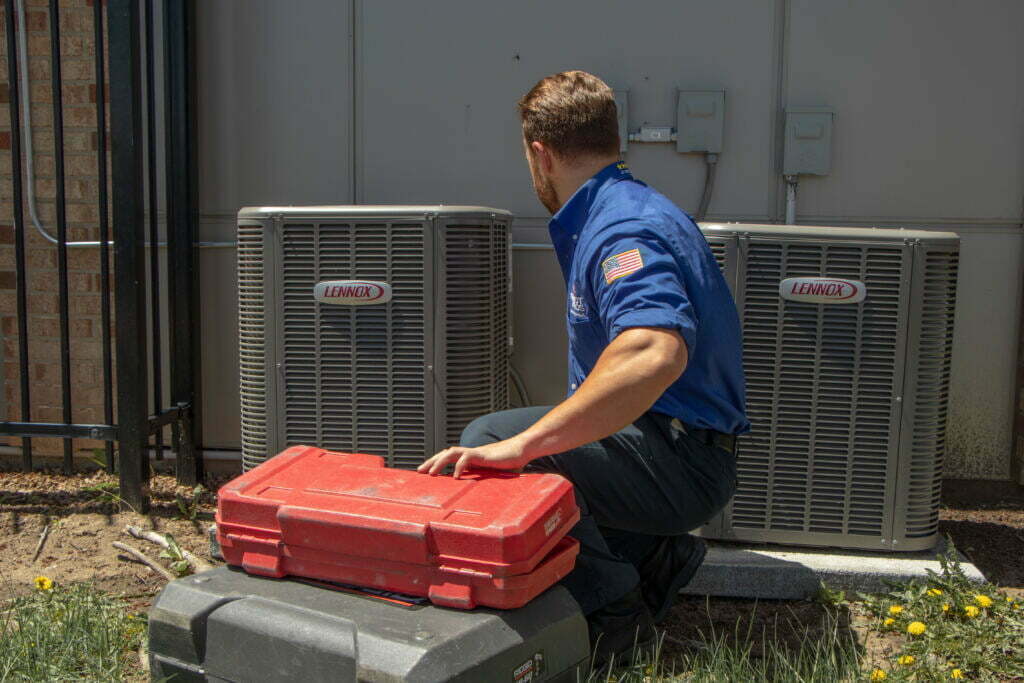
How are the Furnace and Air Conditioner connected?
The furnace and air conditioner are connected through the ductwork. The ductwork is a system of pipes and tunnels that carries air from the furnace, air conditioner, and vents to every room in your house. It’s important to keep the ductwork in good condition by regularly cleaning it and checking for leaks. Any leaks in the ductwork will cause the air to flow unevenly throughout your home, leading to problems with comfort and safety.
The furnace and air conditioner use a blower to circulate air throughout your home. The blower is the part of the furnace and air conditioner that blows air into the unit. It’s essential to keep the blower in good condition by regularly servicing it. This will help keep your home warm in the winter and cool in the summer and save you money on your energy bills.
How to choose the right HVAC system for your home
When choosing the right HVAC system for your home, there are a few things you need to consider. The first thing to think about is the size of your home. You must choose an extensive system to heat or cool your entire home. The second thing to think about is your climate. If you live in a cold climate, you’ll need a furnace; if you live in a hot climate, you’ll need an air conditioner. The third thing to think about is your budget. HVAC systems can be expensive, so you need to choose one that fits within your budget.
Once you’ve considered these three things, it’s time to start shopping for a new HVAC system. There are many different options available, so it’s essential to research and find the best system for your home. One thing to keep in mind is the fuel the system uses. Furnaces can use gas or oil, while air conditioners can use electricity or gas. Another thing to consider is the brand of the system. There are a lot of different brands available, so it’s crucial to find one that’s reputable and has a good
The beginner’s guide to HVAC maintenance
Regular maintenance is key to keeping your HVAC system running properly. Some simple things you can do to keep your system in good shape include:
-Changing the air filter regularly will help ensure that the air circulating through your home is clean and free of contaminants.
-Getting your system serviced annually: A professional can clean and inspect your system to ensure everything is working correctly.
-Keeping the area around your outdoor unit clear will help ensure proper airflow and prevent potential damage to the unit.
Taking care of your HVAC system is vital for maintaining a comfortable and safe indoor environment. Following some simple tips, you can keep your system running properly for years.
Common problems with HVAC systems and how to fix them
One of the most common problems with HVAC systems is a lack of airflow. This can be caused by a clogged air filter, dirty ductwork, or a blocked vent. If you’re having trouble breathing or not getting enough heat or cool air in your home, the problem is likely with your airflow.
The best way to fix this problem is to check the air filter and clean or replace it if necessary. You should also check the ductwork for dirt and debris and clean it if necessary. And finally, make sure the vents aren’t blocked and are open all the way.
Another common problem with HVAC systems is poor performance. This can be caused by several things, including a dirty air filter, clogged ductwork, or a malfunctioning compressor. If your system isn’t performing as well as it used to, there are a few things you can do to try to fix the problem:
-Change the air filter: A dirty air filter can impede airflow and cause your system to perform poorly.
-Clean the ductwork: Dust and debris can clog up the ductwork and cause your system to work harder than it needs to.
-Check the compressor: The compressor is responsible for circulating coolant through the system. If it’s not working correctly, it can cause your system to perform poorly.
HVAC systems are an essential part of any home. Not only do they provide heating and cooling, but they also help to circulate air throughout the house. It’s necessary to keep your HVAC system running at peak efficiency by regularly servicing it. If you’re not sure how to go about servicing your HVAC system, be sure to consult with a professional. They will be able to help you maintain your system so that you can enjoy optimal comfort all year round!
Recent News
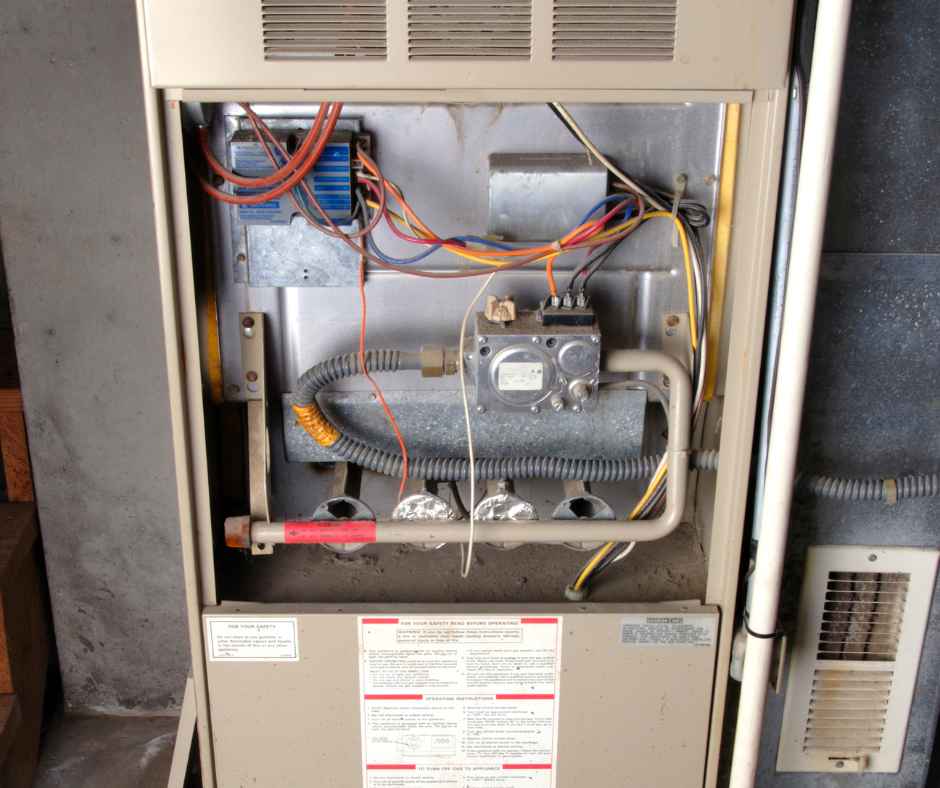
How Much Does It Cost To Replace a Furnace?
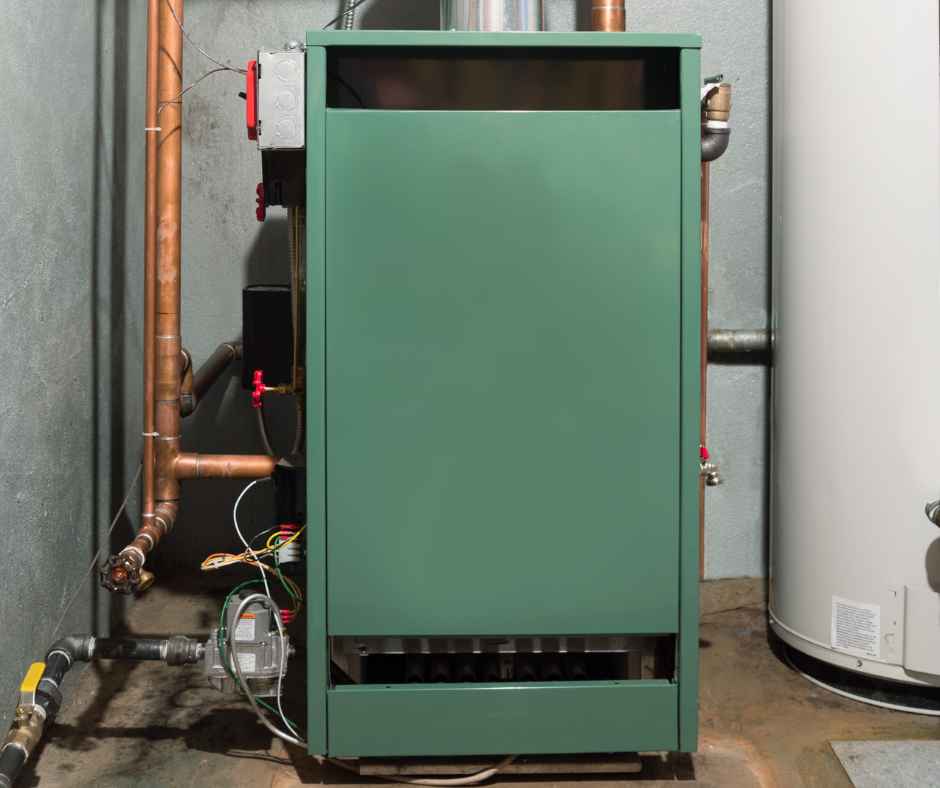
Why Is My Furnace Blowing Cold Air?
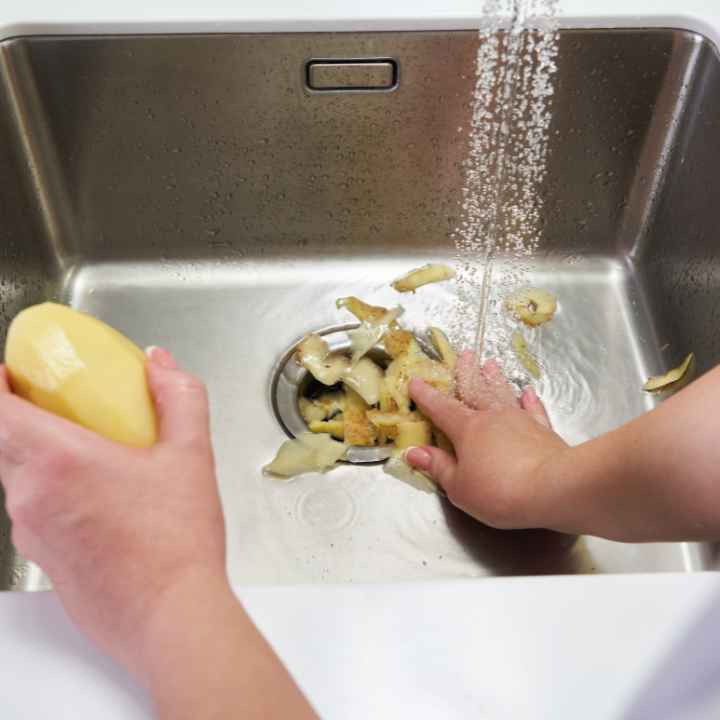
What Not To Put Down a Garbage Disposal
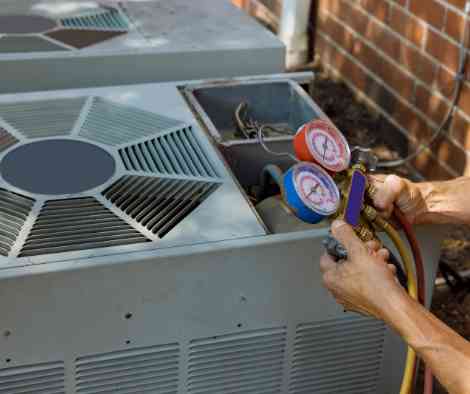
Why Is My Air Conditioner Leaking Water?
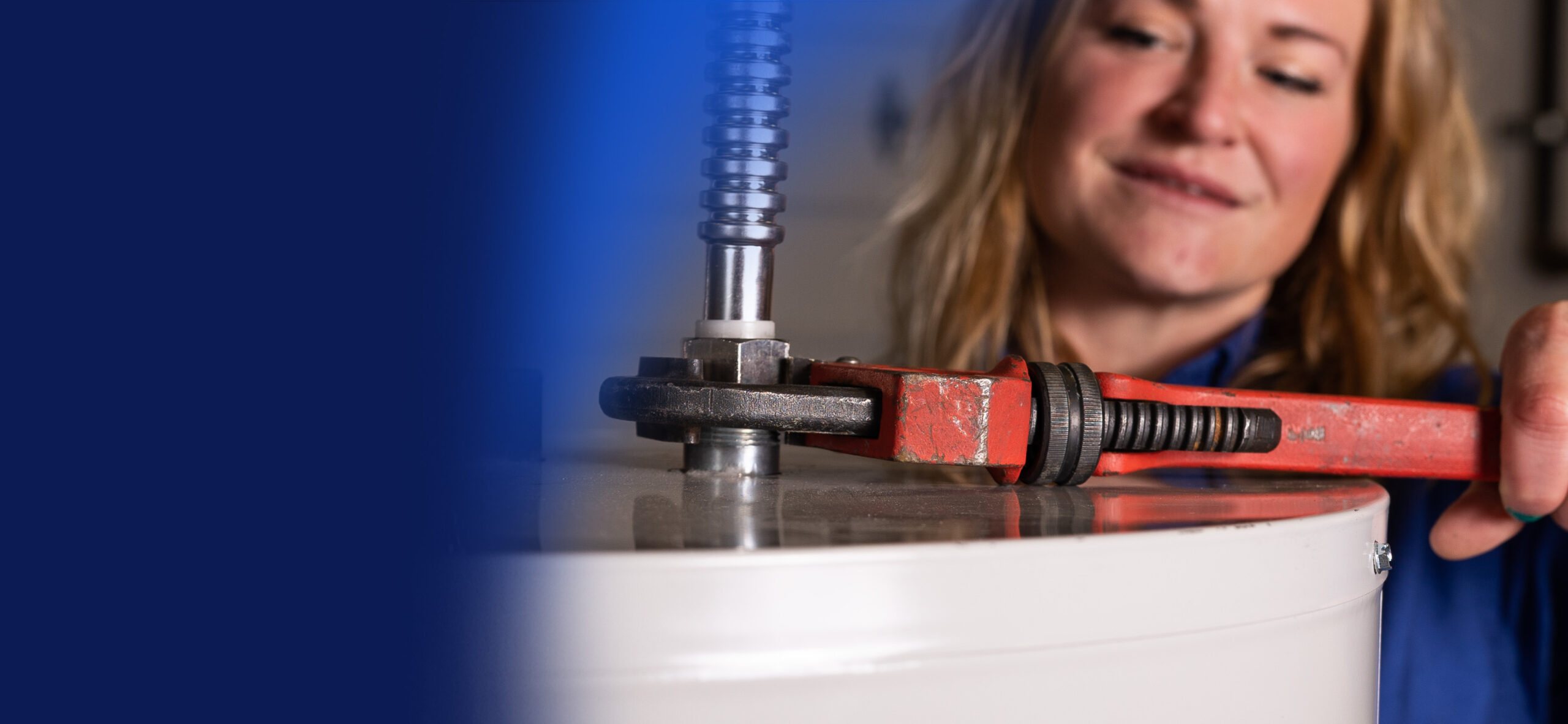
Don’t Risk it: Hire a Plumber for Water Heater Replacement
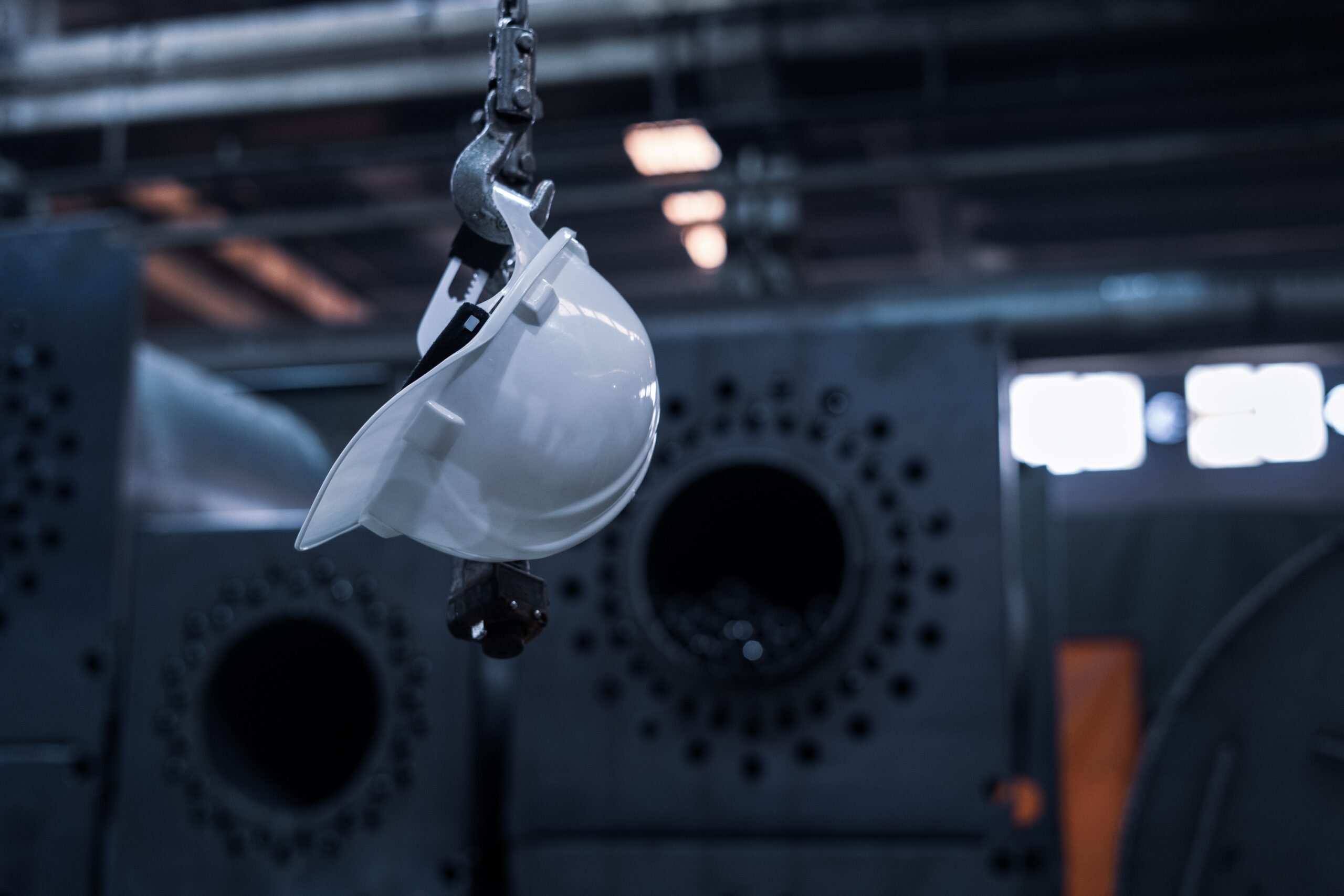
The Ultimate Guide to DIY Air Conditioner Repair


